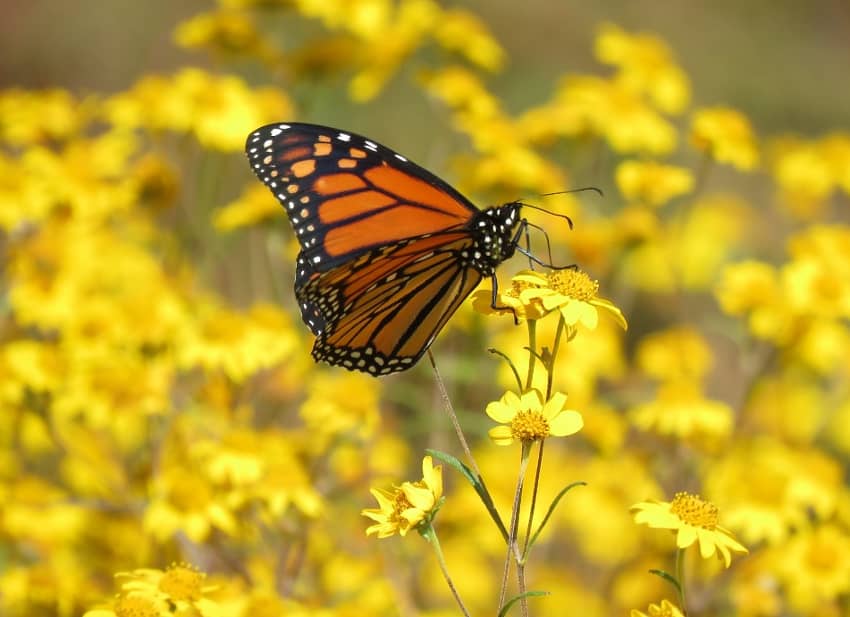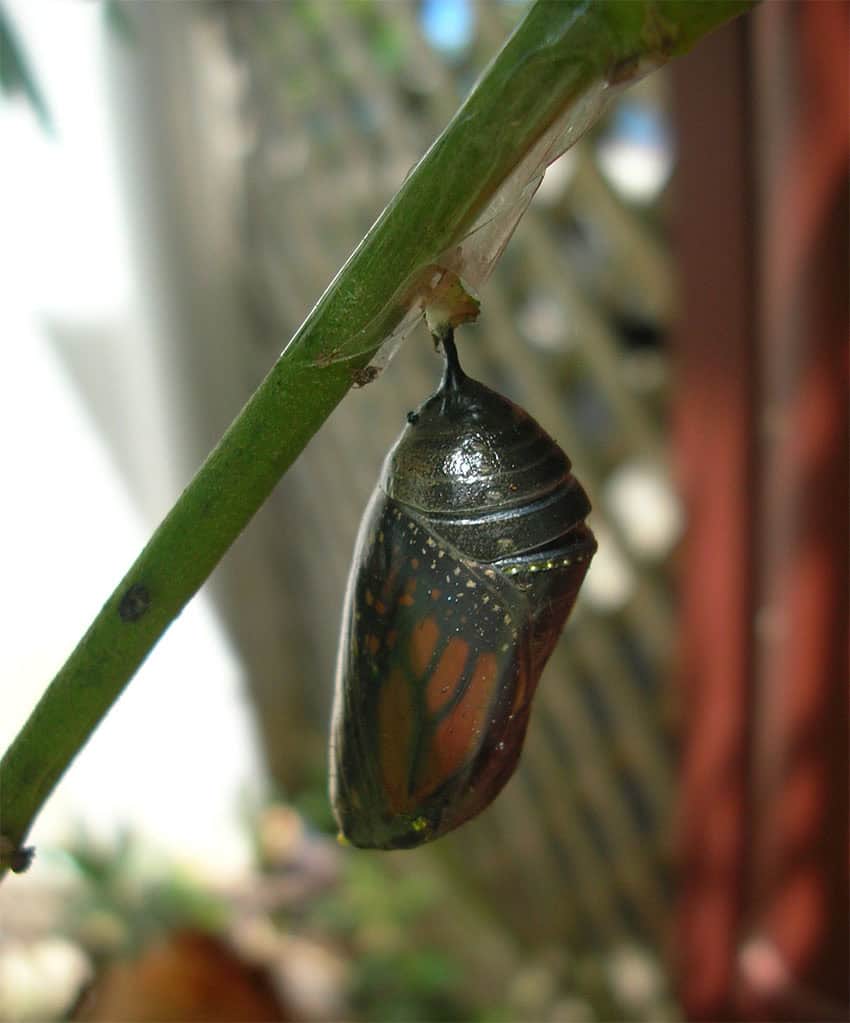The colonisation of the eastbound monarch butterflies successful Mexican forests doubled this past wintertime play compared to the country occupied past year, according to a survey conducted by World Wildlife (WWF) Mexico and the National Commission of Natural Protected Areas (Conanp), successful collaboration with section communities.
The yearly survey, dubbed “Forest Area Occupied by Monarch Butterflies Colonies successful Mexico During the 2024-2025 Hibernation Season,” revealed that the occupied country went from 1.79 hectares, to 0.90 during the 2023-2024 period. Despite the precocious accomplishment of the butterfly — which arrived mid-November — scientists judge that improved upwind conditions during the butterfly migration favored the population’s increase.
 Monarch butterfly are considered a “poster species,” and efforts to conserve them besides payment little glamorous pollinators arsenic well. (CorreoRealMX/X)
Monarch butterfly are considered a “poster species,” and efforts to conserve them besides payment little glamorous pollinators arsenic well. (CorreoRealMX/X)Local managers had already noted the astonishing summation successful butterflies, and the scientists’ study confirms their observations.
Still, WWF said that portion monarchs occupied astir treble the wood situation arsenic past year, populations stay acold beneath the semipermanent average.
Conanp main Pedro Álvarez Icaza noted that they spotted 8 monarch butterflies’ colonies: Three were located wrong the Monarch Butterfly Biosphere Reserve successful Michoacán, covering 1.21 hectares, and 5 extracurricular the reserve, covering 0.57 hectares successful the authorities of Mexico.
The largest colony, measuring 0.99 hectares, was recorded successful the El Rosario ejido, Michoacán, portion the smallest colony, measuring 0.002 hectares, was located successful San Andrés, successful the Azufres sanctuary, successful the aforesaid state. The colony successful Atlautla, México state, was adjacent to Iztaccíhuatl Popocatépetl National Park (outside the reserve)and occupied 0.09 hectares.
 A monarch chrysalis, soon earlier hatching. (Flickr CC BY 2.0)
A monarch chrysalis, soon earlier hatching. (Flickr CC BY 2.0)Michoacán is location to the world-famous Monarch Butterfly Biosphere Reserve, a UNESCO World Heritage Site that annually welcomes millions of butterflies that migrate from the bluish United States and confederate Canada to nest successful Mexico’s conifer and fir forests.
In the survey’s presentation, scientists highlighted the preservation effort “as an illustration of tripartite practice betwixt Mexico, the United States, and Canada.”
Jorge Rickards, caput of WWF Mexico, emphasized the relation of section communities successful the survey arsenic they show the sanctuary to measurement the butterflies’ colonisation and guarantee their preservation.
“We admit the cardinal relation of section communities, arsenic good arsenic the enactment of the authorities of Mexico successful conserving the wood and providing this iconic taxon with the accidental to thrive,” Rickards said. “It’s present clip to crook this year’s summation into a lasting inclination with an all-hands attack wherever governments, landowners, conservationists, and citizens proceed to safeguard captious habitats on the monarch’s North American migratory route.”
According to experts, clime alteration is gradually changing the ecosystems of Mexico’s forests, putting the monarch’s situation nether menace from progressively terrible somesthesia changes, droughts and pests.
A radical of scientists and conservationists is moving to determination fir seedlings to higher and colder areas successful the portion to make caller butterfly habitats. The squad aims to found steadfast trees successful these areas by 2060.
With reports from El País

 hace 8 meses
78
hace 8 meses
78









 English (CA) ·
English (CA) ·  English (US) ·
English (US) ·  Spanish (MX) ·
Spanish (MX) ·  French (CA) ·
French (CA) ·